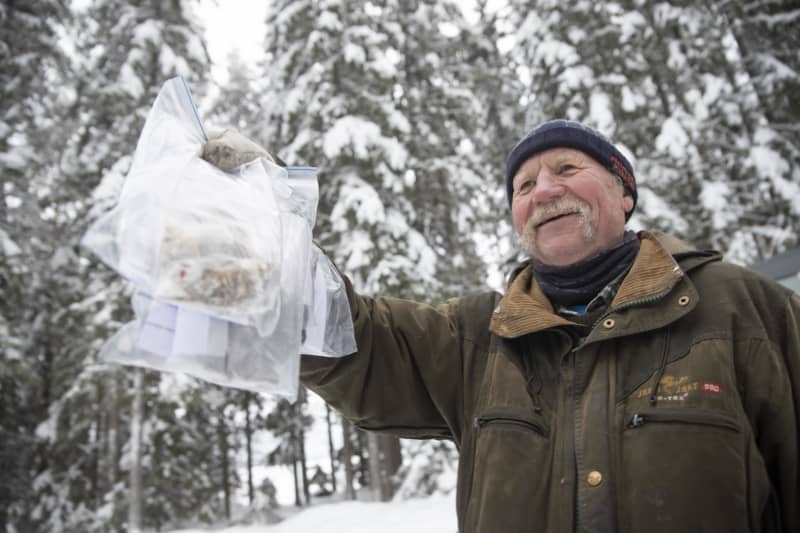Wolf droppings are collected from the beginning of November until February. The goal is to get more detailed information about wolf individuals and form an idea of \u200b\u200bthe size of the wolf population in Finland.
The collection of wolf DNA samples, coordinated by the Finnish Natural Resources Agency (Luke) and the Finnish Game Agency, starts today.
DNA analyzed from wolf droppings can be used to identify the wolf that left the droppings and the boundaries of the wolf territory.
– Are there any couples who have just established their own territory? Or are there, for example, family herds, he illustrates.
In addition to the DNA material, the researchers have Paw sightings, i.e. wolf sightings reported by large carnivore contacts.
– Together, they provide information on how many wolves there are in Finland.
Volunteers are needed
In addition to Luke’s own staff, volunteers are also collecting wolf droppings.
According to Mia Valtonen, volunteers also play a big role in the collection that has just started. It’s about inclusion at the same time.
– We get people to trust the wolf population assessment, because they themselves participate in making it, Valtonen says.
Luke has organized online training sessions for volunteer sample collectors. A list of regional collection officers is also available on Luke’s website.
– You can get involved by contacting the collection manager of your area, advises Valtonen.

